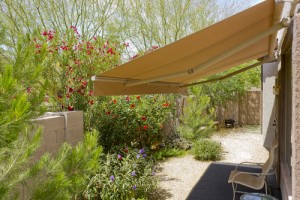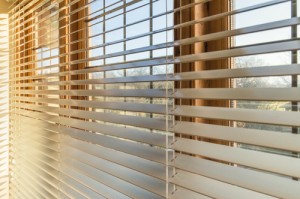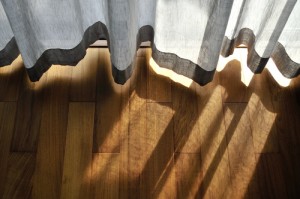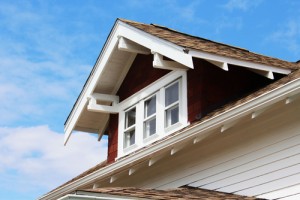Too often the dream of building a custom home is catered to those with a growing family. Spaces for children and/or aging parents and in-laws dominate ads and idea boards, and the vision of home owners is guided to a bigger-is-better mentality.
But the dream of building a custom home is suited for everyone, no matter the size of your family, the lot you purchase, or the location you choose. Smaller homes make sense in areas with dense populations and high property taxes. For the working professional, or the retiring couple, or the investor interested in long term returns, building a small house can be approachable, efficient, and lucrative.
Modern small houses are marvels of clever creativity. There are a million ways, it seems, to maximize space and visually expand it so you can have the best of both worlds: a collection of rooms magnified for airiness and light, yet without the burden of superfluous space. Function drives the vehicle of decision-making but not at the expense of aesthetics. For many, then, sometimes the preferred solution is to limit available space to only that which is required. This forces a thoughtful discretion when purchasing items for the home, and urges a careful vision when designing the space.
By considering building your dream home in subtle proportions, possibilities are opened up that are difficult to manifest with larger homes, like the option of building on lots in urban spaces, already perked, and zoned for residential construction A larger home requires a larger lot and, with today’s exponentially growing populations, this will often relegate your property purchasing options to the periphery of a large city. And while the suburbs are wonderful areas for families, there are many who would build their dream home much closer to the epicenter of activity.
As you sift through house plans and imagine the home you will someday build, try to remember that there is room in this process for every vision. Whether you seek to build a large home or a smaller one, you will find unique floor plans and advice from architects for dream homes of every size.







